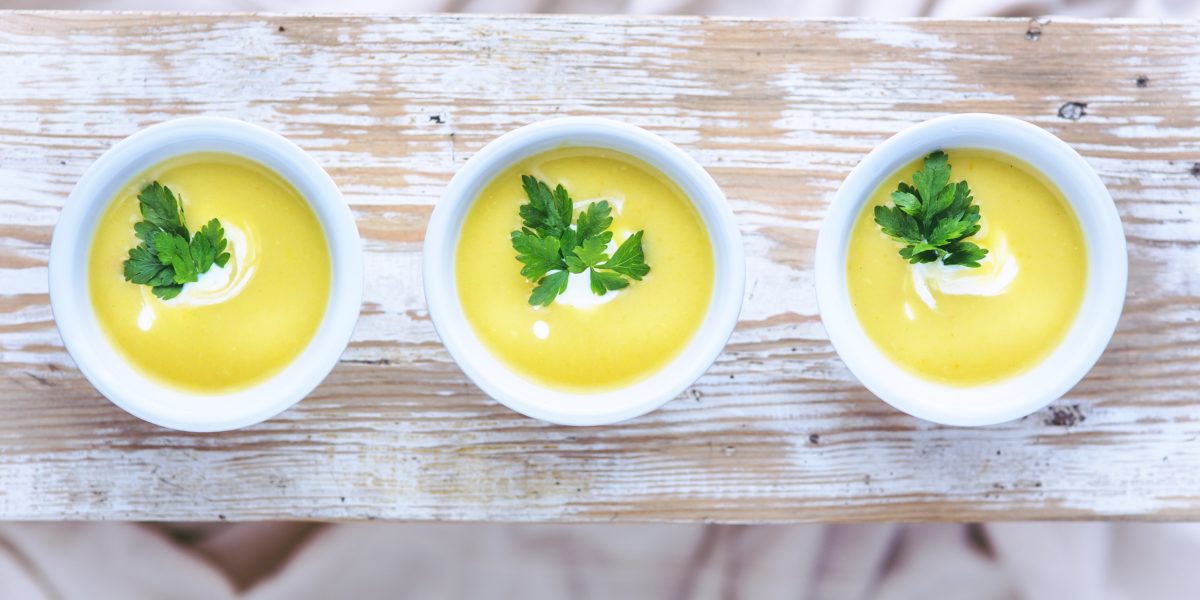
Food For Thought: When Food is the Vehicle for Beauty
We all know the numerous benefits of all natural, organic health and beauty products. From green tea moisturizer to aluminum-free deodorant, we’ve become hyper aware of the harmful, added chemicals and dyes in shampoos, toothpaste, and make-up.
And all-natural products aren’t just the product du jour; brands like Jessica Alba’s Honest Company and Burt’s Bees have educated the average consumer on the benefits of all-natural products and have demanded changes and accountability in the market. In fact, this March Burt’s Bees crossed a major threshold: one Burt’s Bees lip balm is purchased every second. That's 86,400 lip balms a day and almost 31.5 million lip balms sold every year. If that's not a change in the mainstream market, what is?
But while the all-natural craze has gone full mainstream in many beauty products and toiletries, there’s a new trend bubbling in the background. It’s time to consider the commonalities between what we put on our face and what we put in our bodies.
Interestingly, the global perception of beauty and wellness is changing and we’re food is serving a new role – the central ingredient to consumed beauty. Now, consumers are interested in not only what they put on their face, but redefining beauty to include what they're putting into their bodies as well. Even product names and ingredients are changing to be more food-centric.
Check out a few of the latest trends that are blurring lines how we think about beauty and food:
From pizza crusts to lemonade to ice cream, charcoal is having a big moment; touting benefits from curing hangovers to reducing gas and serving as an overall “detox” for the body. A byproduct of burning coconut shells, the porous makeup of activated charcoal is believed to help absorb toxins in the body.
By ingesting it in food form, many believe the charcoal will absorb toxins from, say, too much alcohol. In beauty products, like a skin cleanser, activated charcoal might help clear away impurities in the pores. Of course, when it comes to food, it doesn’t hurt that it’s just so Instagram worthy.
More than just a cup of tea, Earl Grey has a long history of . This black tea infused with oil of bergamot is believed to add shine to lackluster hair, reduce puffy eyes and dark under-eye circles, and aid in digestion. It may even soothe your sunburn.
Today, trendy Early Grey cocktails make a statement as a signature drink at various bars and lounges. Lavender Earl Grey cookies are a wonderful dessert or tea cookie to serve at a Sunday brunch. And Earl Grey has even been popping up in Men’s skincare products as a soothing moisturizer and after shave balm.
Move over, kale – spirulina is the new superfood invading your supermarkets shelves and taking over your medicine cabinet. Incredibly rich in chlorophyll, this blue-green algae is high in iron and vitamin A, is a lean, mean source of protein, and serves as a natural detoxifier.
Served in powder form, many are blending this superfood into smoothies and juices. We’ve also seen it in chia puddings, on toast, and with rice – but be forewarned, use it in small doses. It has a strong flavor.
As a beneficial ingredient in healthy hair, nail and skin growth, brands like Youth to the People are leveraging these ingredients for beauty boosting products like their age prevention superfood mask full of spirulina, microalgae, kale and spinach.
Whether you jump on the latest natural additive bandwagon or not, understanding what defines all natural and organic is a worthwhile conversation.
+++
For additional questions about FLIK Hospitality Group or for more information about our blog, please reach us at flikblog@compass-usa.com.